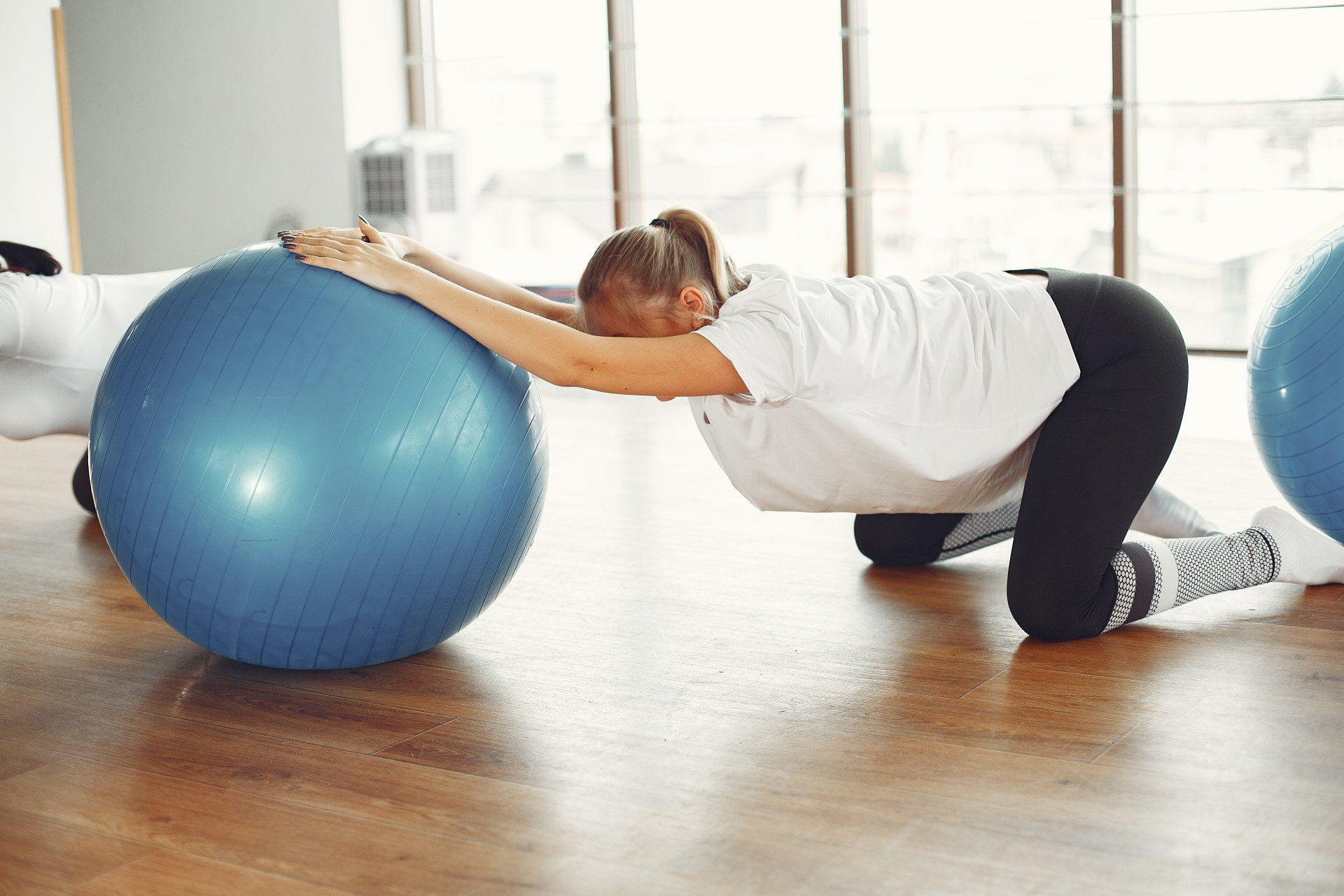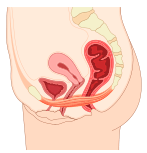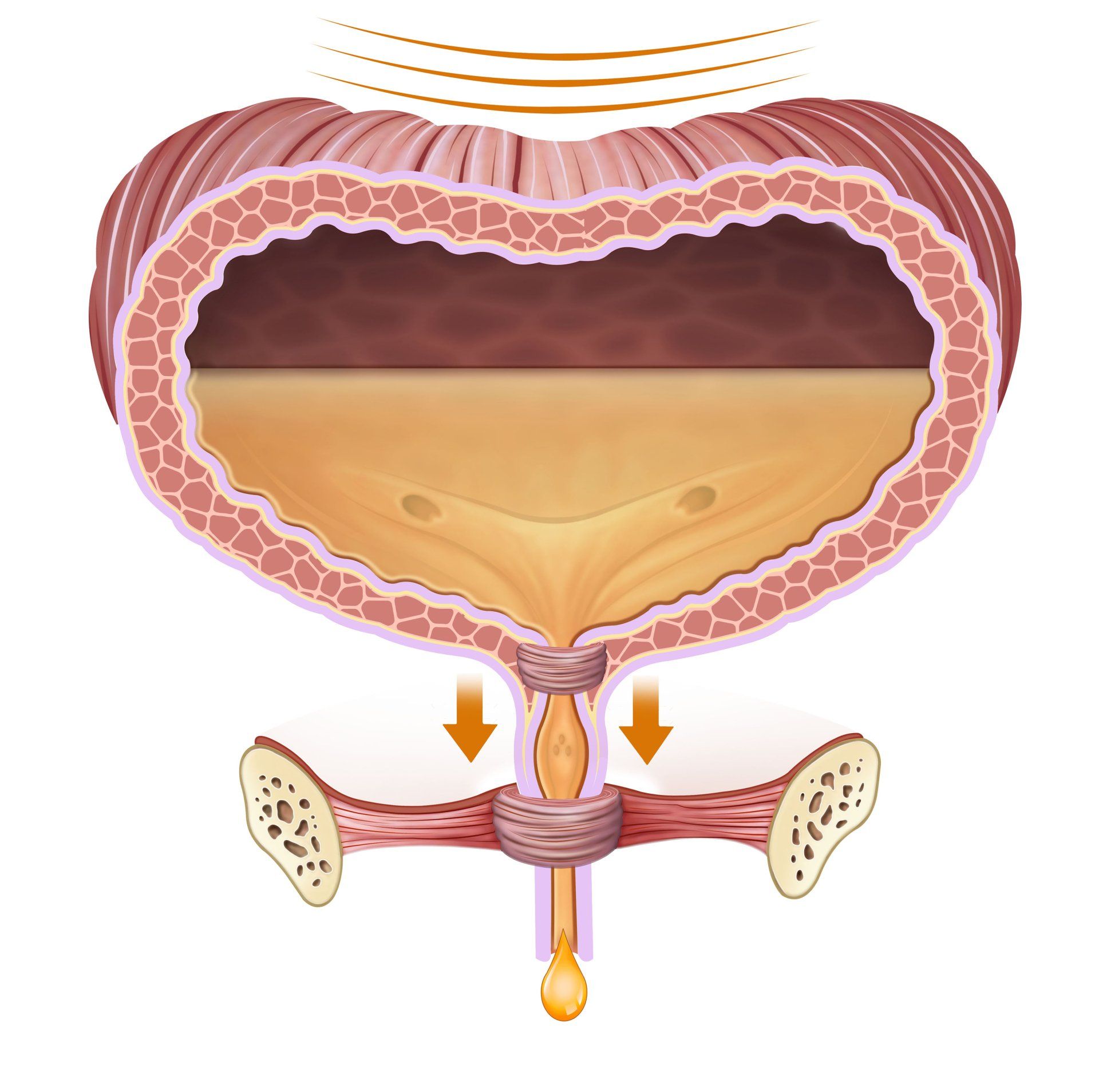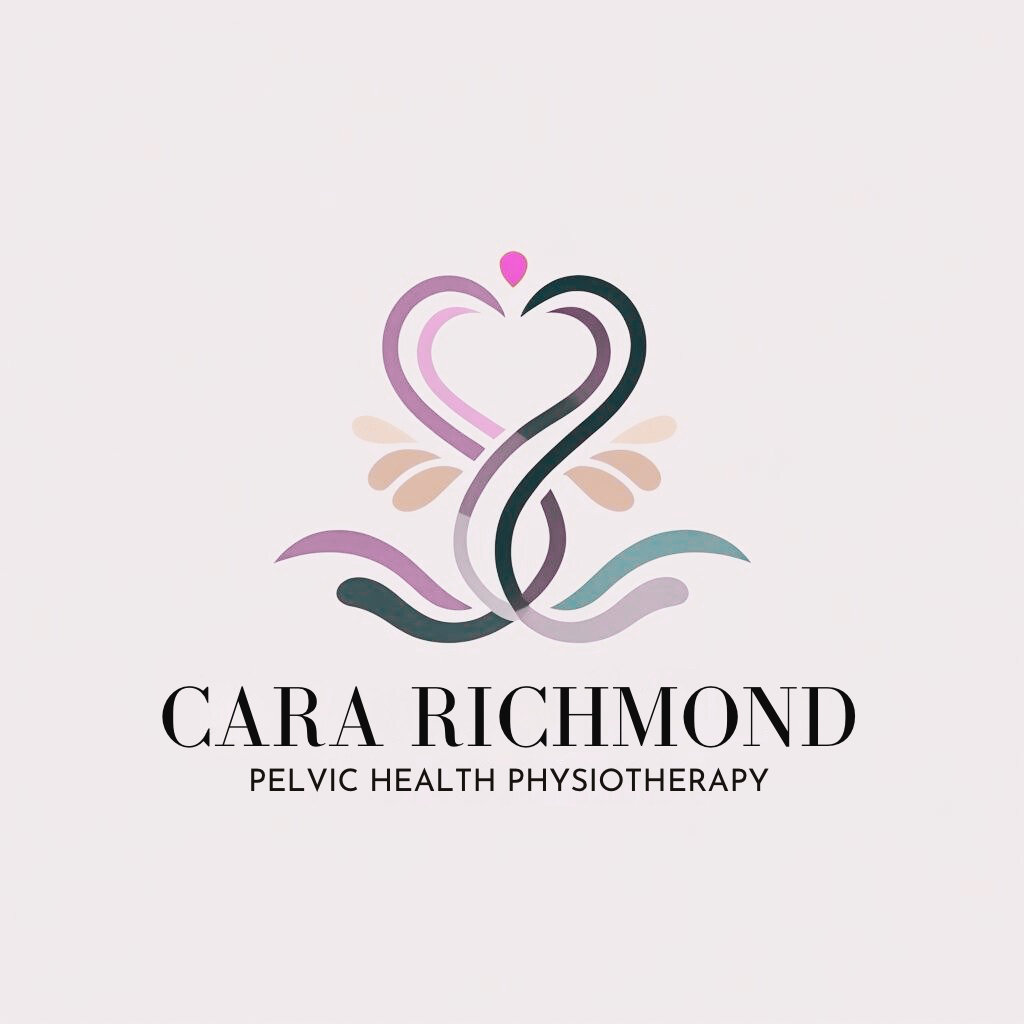Do you suffer from pain with any type vaginal penetration in or around the entrance or deeper down in the vagina?
Are you having trouble inserting a tampon/finger into the vagina?
Do you feel that something is blocking your vaginal entrance or it's too tight?
Do you avoid pap smears or internal examinations due to pain or anxiety relating to painful experiences around the vagina?
Are you suffering from pain around the vagina and vulval area with touching, sitting or wearing tight pants?
Have you been diagnosed with Vaginismus, Vulvodynia, Vestibulodynia or Pelvic Floor Muscle Dysfunction?
What can cause painful sex?
Hormonal changes associated with menopause and breastfeeding
History of pelvic trauma (sexual abuse, surgery, pelvic fractures)
Vulval skin conditions such as dermatitis, lichen sclerosus or planus, eczema. -- add link
Infections such as Urinary Tract, Thrush or STI's
Other conditions such as
Endometriosis, Adenomyosis, IBS, Chron's Disease and Ulcerative Colitis.
Stress and anxiety
Low libido
How can my Physiotherapy services help you?
Physiotherapy can help you manage your sexual pain. I am passionate about providing you with a holistic approach to treating your condition, helping you to reach your personal goals.
I will provide you with an individualised assessment and treatment plan for your pelvic pain. Client's are often anxious about internal examinations when they have pelvic pain, the examination only needs to happen if and when you feel ready. I have many different skills and techniques which can help you, without any invasive assessments until you feel ready.
Treatment may include:
- Pelvic floor stretches and relaxation
- Dry needling and massage
- Relaxation techniques
- Exercise and pacing
- TENS
- Biofeedback techniques
- Dilator therapy
- Advice on suitable lubricants
- Touch desensitisation
- Referrals and liaising with GP's, Pain Specialists, Gynaecologists, Fertility Doctors, Gastroenterologists, Psychologists and Dieticians.
Pregnancy and Pelvic Health Diaries
Do you want to know more about painful sex?






